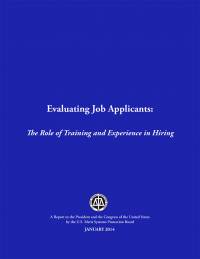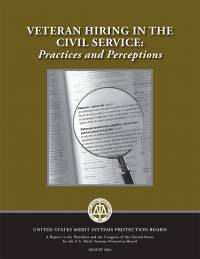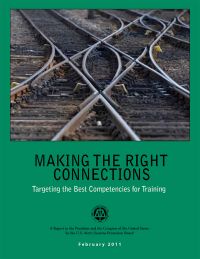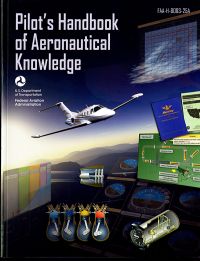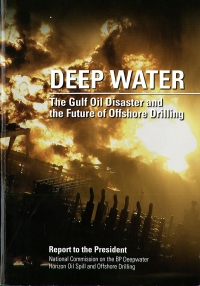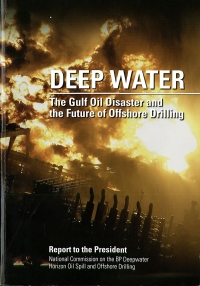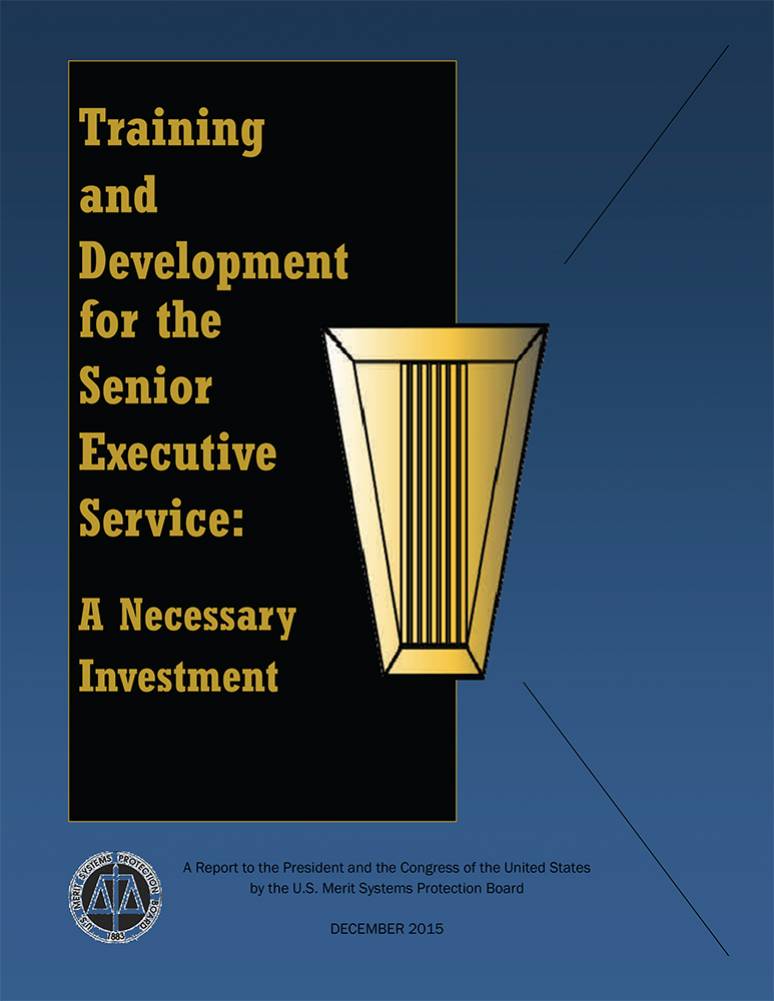
This report examines current practices on how career senior executives who manage major programs and organizations and provide continuity during Presidential transitions are trained and developed. Unfortunately, the review indicates that the systematic development envisioned in the Civil Service Reform Act of 1978 is more vision than reality. To that end, the report contains information to help agencies determine a development strategy that aligns with agency goals and resources and effectively addresses executives training needs. In addition, the report discusses common barriers to SES training and offers strategies to mitigate them.
Executive Summary i
Conclusions i
Recommendations ii
Chapter 1: Introduction 1
Purpose of Study 2
Scope and Methodology 2
Chapter 2: Federal Leadership 5
Who are the Federal Leaders? 5
Types of Senior Executive Service Appointments 5
Chapter 3: What is Required of Senior Executives? 9
What are the Responsibilities of Senior Executives? 9
What Competencies are Required of the SES? 9
What is Required for Selection into the SES? 10
Chapter 4: Identification of Training Needs and Management of Training 15
General Process 15
Training Needs Assessment Practices 15
How Is Training Managed? 16
Chapter 5: How Helpful is Training? 19
Can Leadership Competencies be Trained? 19
How Can Agencies Gauge Training Effectiveness? 20
Chapter 6: Discussion of Training and Development Activities 25
Residential Executive Development Programs 26
Relationship-based Developmental Activities 27
Formal Instruction Activities 41
Summary of Considerations for Determining How to Train Senior Executives 46
Chapter 7: Barriers to SES Training and Development and Strategies to
Mitigate Them 49
Barrier 1: Inability to Take Time Away from the Job 50
Barrier 2: Lack of Funding 51
Barrier 3: Lack of Support 52
Barrier 4: Appropriate Training Not Offered 53
Barrier 5: Other Factors 53
Strategies to Facilitate Training Transfer 54
Chapter 8: Conclusions and Recommendations 57
Conclusions 57
Recommendations 58
Appendix A. Questionnaire to Agencies 61
Appendix B. Executive Core Qualifications and Definitions 67
Appendix C. Developmental Components of Job Assignments 69
Appendix D. Summary of Training and Development Activities 71
Federal employees, their supervisors, agency management, union personnel, especially Human Capital officers and employees across the U.S. Federal Government may be interested in this report. Additionally, members of Congress, and Federal managers within the Office of Management and Budget, and Office of Personnel Management that is responsible for policy making authority may find this guide helpful as a reference with human resources and civil service matters. Additionally, students pursuing research for courses within these fields, especially public administration, human resources, employment law, organizational development, and industrial-organizational psychology may find this primary source document that deals with civil service issues helpful for assignments.


